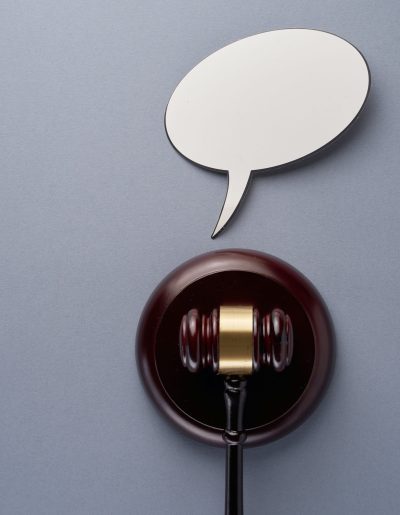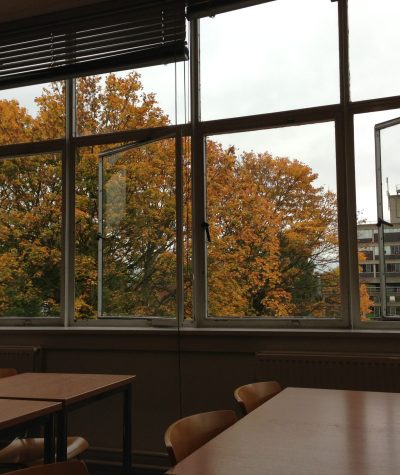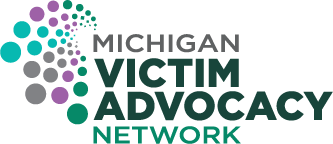Supporting Criminalized and Incarcerated Crime Victims
Society often overlooks a person’s experience of abuse if they have committed a crime. Resources linked below discuss how many people have experienced abuse before and/or during their incarceration. An added layer is that survivors themselves are often criminalized for actions taken while trying to survive, particularly when we’re talking about survivors of domestic and sexual violence and human trafficking. Criminalization increases for people of color, people who are gender non-conforming, and people who struggle with certain mental health disorders.
In this month’s compilation, we have pulled together resources and trainings that can help us better support criminalized survivors and those survivors of crime who are incarcerated. As always, please don’t hesitate to contact us if you’re looking for more!

Criminalized Survivors: Today’s Abuse to Prison Pipeline for Girls
Updated April 2023
Center on Gender Justice and Opportunity through Georgetown Law
This report, updated from the 2015 original, examines the abuse to prison pipeline as it stands today. It offers case examples, discusses the ways in which girls of color are uniquely targeted, a look at relevant legislation, and offers needed recommendations for change. “Our analysis reveals that our systems are not only allowing girls to fall through the cracks, they are still actively punishing victims, rather than helping them heal.”

Defending Criminalized Survivors
August 2022
Asian Pacific Institute on Gender-Based Violence (API GBV)
“Survivors can be criminalized for reacting in self-defense, participating in criminal activity under their abusers’ coercion, or for failing to protect their children from witnessing or being impacted by violence in the home. Survivors of color, who struggle with mental health or substance dependency, or who otherwise don’t fold the “perfect victim” mold are disproportionately incarcerated. In this workshop, API-GBV was joined by Hyejin Shim and Neda Said of Survived & Punished, who guided participants through a discussion of the criminalization of survivors, and how advocates can support criminalized survivors.”

Opening the Door to Healing: Reaching and Serving Crime Victims Who Have a History of Incarceration
February 2020
National Resource Center for Reaching Victims
This resource discusses the rates of incarceration, the lack of victim services for incarcerated survivors, the gap between victim services and re-entry systems, barriers to healing when formerly incarcerated, and more. “The vast majority of survivors who have previously been incarcerated do not get the services they need to heal. They face many barriers to services, including often not being viewed by service providers as “victims” because of their criminal history. As a result, many survivors who have a history of incarceration live with a great deal of unaddressed trauma.”

National Defense Center for Criminalized Survivors
Battered Women’s Justice Project
This organization “addresses the unique needs of victims of gender-based violence who have been criminalized as a result of their experiences of being abused” by providing technical assistance, resources, and support for those who work with charged or currently incarcerated survivors, including advocates, defense attorneys, expert witnesses, and others.

Interrupting Criminalization: What is driving mass criminalization of WOMEN and LGBTQ people?
February 2020
Survived and Punished
This report provides statistics and explanations for the rise of incarceration of women and LGBTQ+ people. It points out problematic policing trends. It also provides many suggestions for impactful action to intervene on this issue.
When Victims of Battering are Charged with Crimes: Webinar Series

Part 1: Background and Overview
July 2018
National Clearinghouse for the Defense of Battered Women
“When victims of battering get arrested and face criminal charges, the criminal legal system labels them as “perpetrators” or “offenders.” They are often no longer seen as victims by people in the system, and even by some service providers. This webinar explores many of the common reasons that victims of battering get arrested, the unique challenges they face in the criminal legal system, difficulties they face trying to get assistance and services from victim service organizations, and safety risks they face as a result of being charged.”

Part 2: Effective Advocacy Strategies
July 2018
National Clearinghouse for the Defense of Battered Women
“What does a community need to do in order to enhance the responses to those victims who end up in the system as defendants? Building on Part 1 of this series, this webinar explores advocacy strategies from a “defense-based” perspective, including systems’ advocacy and concrete ideas of ways to work with individual victim defendants.”

Part 3: Helping Victim Defendants Navigate Concurrent Protection Order Proceedings
July 2018
National Clearinghouse for the Defense of Battered Women
“This webinar is presented in conjunction with the National Center on Protection Orders and Full Faith & Credit. Victims of battering are often involved in multiple court interventions simultaneously. Concurrent legal proceedings can impact one another, often to the detriment of the victims. For example, victim defendants who testify in protection order proceedings risk having their testimony used against them in criminal court. This webinar explores ways advocates and attorneys can help to minimize the potential risks faced by victim defendants who also have open protection order proceedings.”

